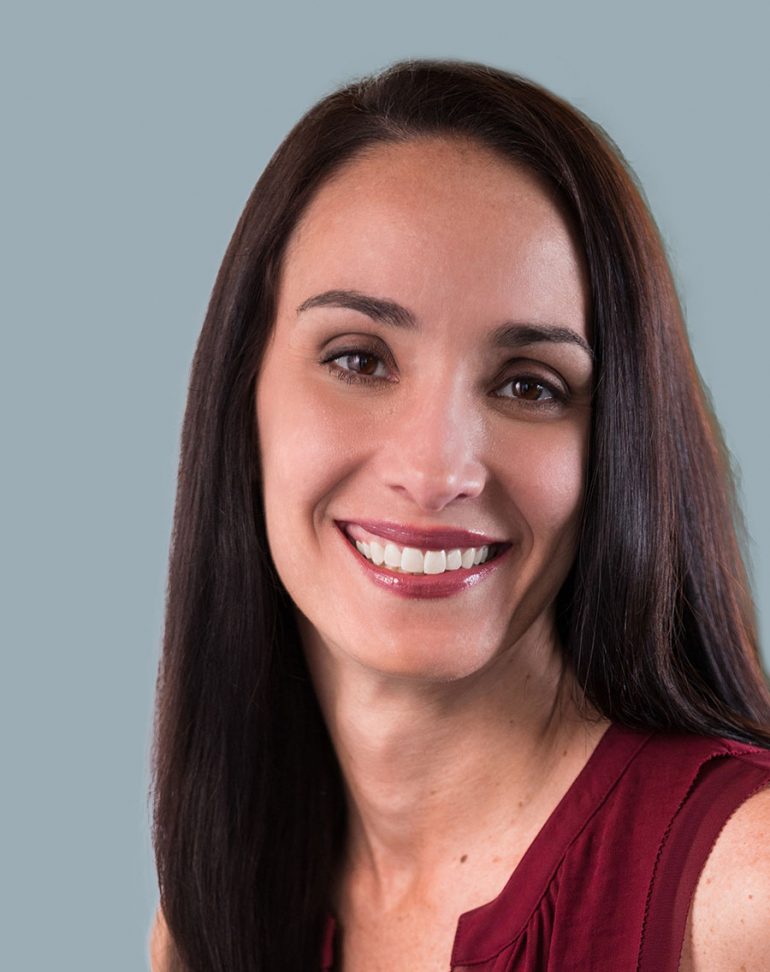Behind every brand delivering a great experience is a leader who recognizes the value of keeping things simple. In Simplifiers, Margaret Molloy, our Global CMO, interviews business leaders who put simplicity to work.
In this Simplifiers interview, Margaret speaks with Leslie Berland, CMO, Twitter.
MM: What does Twitter stand for and how does it deliver on that promise every day?
LB: Twitter is what’s happening and what people are talking about right now. Twitter is open and alive, and the world is watching. A single message on our platform can be seen throughout the world by millions of people. The power of our platform lies in its openness.
MM: What role does simplicity play in delivering on that promise?
LB: We were born of simplicity and exist on simplicity. Simplicity, brevity, and clarity of message are expressed in the very form factor of our platform—the tweet. These powerful bursts of messages connect people across the globe.
Simplicity is also powerfully delivered in the hashtag. It’s so inspiring to see how every day, people create hashtags that turn into movements. For example, recently #MeToo was trending to build awareness around abuse and harassment. The minute I saw those two words together with a hashtag in front of it, I had full body chills. The universality of the movement, and how quickly it spread across the globe connecting people with similar experiences, is incredibly moving. It’s simplicity at its best. Simplicity is within the essence of Twitter.
MM: How do you strive to conquer complexity at Twitter?
LB: Simplifying internally requires prioritizing and discussing what matters most. What will have the greatest impact? What’s most useful? What’s most authentic and unique to Twitter? To avoid having tunnel vision, we view the company from the outside in and the inside out, constantly interrogating what’s most important and focusing on what will make the biggest impact.
MM: How do you lead as a simplifier?
LB: The imperative I lay down with my team is to do fewer things better. It’s not about doing the highest volume of things but about weeding out unnecessary activity. The more you focus on what you’re going to stop doing, the clearer what’s important becomes. When we diligently focus on the essential, we see stronger results—both internally and externally.
MM: Since you’ve joined Twitter, have you become more of a Simplifier?
LB: Absolutely. Working at Twitter has forced me to simplify not only my communications but also my strategy and planning methods. There are lots of distractions and things happening every second of every day. Living and breathing on Twitter has forced me to always keep my eye on what’s most important and be able to articulate that clearly and concisely.
MM: What’s the most recent simple customer experience you’ve had that inspired you?
LB: The bar is very high. Because I’m always on the move and always on Twitter, lots of experiences feel more complicated than they need to be.
MM: Do you have a framework for operationalizing simplicity?
LB: Be clear on your goal, your decision-making principles and on the identity of the final decision-maker. Ask yourself what you want the end result to be. When deciding how you’re going to approach a decision or initiative, clarify what you believe to be true and what is going to guide you in getting to your goal. Thirdly, identify who the final decision-maker is. At a company that works as cross-functionally as Twitter, it can sometimes be unclear who has the final word on a matter. Knowing this emphasizes accountability and helps move initiatives forward. We are very focused on identifying the final decision-maker because we’re operating at the speed of Twitter, which means decisions need to be made quickly and frequently.
MM: What’s the biggest mistake brands make when trying to simplify?
LB: Not starting from a simple place. It’s common to see initiatives that are beautiful, expensive and sound like they would be engaging but miss the point. Always view initiatives from the perspective of the consumer who is going to be receiving this communication. People have limited time and attention. If you can’t communicate your message in a tweet, it’s already too complicated.
MM: What are the key indicators that simplicity is driving your business?
LB: Alignment and clarity on the team. If each person on your team can call to mind your team’s goal, the principles behind that goal and who the team’s decision-maker is, then it’s clear your team is functioning simply and effectively.
MM: What does simplicity mean to you?
LB: Simplicity means delivering an intuitive and breakthrough experience. It doesn’t have to be a major breakthrough but should be engaging enough to rise above the noise. Simplicity is extraordinarily hard and complicated to create behind the scenes. It’s a science and an art that takes constant evaluation and reevaluation.
MM: What’s the top piece of advice you’d give to other brands trying to simplify?
LB: Zoom out. When people are too close to their work, it’s hard to view it from an objective perspective. Bring an outside party into the conversation or test using external metrics.
MM: Thank you, Leslie.
This is this an ongoing Simplifiers series. See interviews with CMO at Blue Apron, Jared Cluff; SVP, Global Brand Management at American Express, Clayton Ruebensaal; EVP and Group President at Verizon Wireless, Ronan Dunne, Director of Strategy and Innovation at Cofra Holding Ltd, former CEO of C&A China, Lawrence Brenninkmeyer; CMO at The Recording Academy, Evan Greene; CMO at Mary Kay, Sheryl Adkins-Green; Head of Marketing at Home Centre, Rohit Singh Bhatia; SVP, CMO of Aflac, Gail Galuppo; SVP and CMO at Cambia Health Solutions, Carol Kruse, Managing Director of The Nature Conservancy, Geof Rochester, Chief Strategy and Innovation Officer of Motorola Solutions, Eduardo Conrado, EVP; SVP, Chief Marketing & External Affairs Officer at Abbott, Elaine Leavenworth, GE CMO, Linda Boff; McLaren Automotive Head of Brand Marketing, Stephen Lambert; Ascension Chief Marketing and Communications Officer, Nick Ragone; Hertz CMO, Matt Jauchius; Direct Line Group Marketing Director, Mark Evans; McDonald’s CMO, Deborah Wahl; Jet.com President, Liza Landsman and VP Marketing, Sumaiya Balbale; Target CMO, Jeff Jones; Spotify CMO, Seth Farbman; Ally Financial CMO, Andrea Riley; Gannett CMO, Andy Yost; CVS Health CMO, Norman De Greve; Dunkin’ Brands CMO, John Costello; Zappos CEO, Tony Hsieh; Southwest Airlines CMO, Kevin Krone; and Google CMO, Lorraine Twohill.
Know a simplifier or would like to be included in the series? Please recommend an executive for my next interview: [email protected]
Margaret Molloy is Global CMO and head of business development at Siegel+Gale. Follow her on Twitter: @MargaretMolloy and Instagram:@MargaretMMolloy


